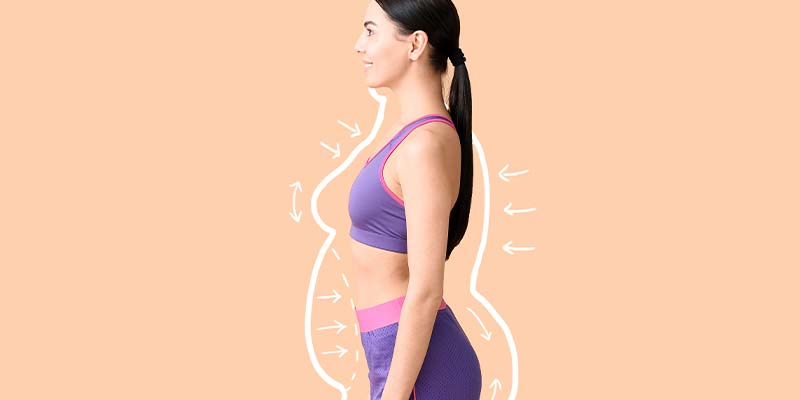Written By: Emma Squillace
When most of us think of gaining and losing weight, we probably would say the stomach is the most important organ in this process. But our digestive and metabolic systems are fairly complex. If you’re thinking about having weight loss surgery, there are some anatomical terms you may want to become familiar with. These are words you might encounter as you research, and if you speak to a doctor about bariatric surgery options.
Stomach
Of course, you know the stomach is where our food goes to be broken down and digested, but did you know the stomach can also make hormones? One particularly important hormone is called ghrelin. Ghrelin’s nickname is “the hunger hormone” because it tells your brain that you are ready for food. A typical adult stomach can hold about a liter of food – although stomachs can stretch. Several bariatric surgeries including making the stomach smaller, so you feel full with smaller meals. Both the gastric bypass and gastric sleeve involve creating a smaller stomach. Although the lap band and balloon procedures do not actually change the size of the stomach, both affect your perceived fullness. The lap band puts pressure near the top of your stomach, creating a smaller pouch that slows digestion, and the gastric balloons take up room in your stomach so food digests more slowly.
Esophagus
The esophagus connects your mouth with your stomach. You may hear about the esophagus when we discuss weight loss procedures, for several reasons. Sometimes people have heartburn, or gastro-esophageal reflux. This burning feeling is caused by stomach acid rising up into your esophagus. Gastric bypass can be a particularly good option for people who are obese and suffer from recurring heartburn. It is thought that the gastric bypass may help with reflux because of the anatomical changes that are made to the part of the stomach that creates stomach acids.
Pylorus
The pylorus is a valve that separates your stomach from your small intestines. The pylorus’ job is to make sure that once food travels from the stomach into the intestines, that it cannot get back up into your stomach. It also stops large food particles from moving into the intestines until they’ve been sufficiently broken down. Often, during gastric bypass the pylorus is removed. For many patients, this means they can experience “dumping syndrome” where the food moves into the intestines too quickly. This often happens if someone eats foods high in sugar or carbohydrates. Other reasons for dumping syndrome can include drinking too much liquid while eating, eating large meals, or eating too fast. While dumping syndrome is not pleasant – and can include cramps, dizziness and nausea – it can serve as a good reminder to stay within your eating guidelines. By following the guidelines for eating after gastric bypass, most patients are able to avoid dumping syndrome.
Intestines
Your intestines continue the digestive process after the food leaves your stomach. First the food moves to your small intestines, which are about 20 feet long, and then your large intestines, which are about 5 feet long. But your intestines are more than a transportation track for food. Calories and nutrients are absorbed in this part of digestion. If you have an operation where part of your intestines is removed, like the gastric bypass, you will absorb fewer calories, and this is one way people with a gastric bypass lose weight. However, having a shorter intestinal tract also means your body will absorb fewer nutrients. That’s why we’ll give you clear guidelines for what vitamins and supplements to take after bariatric surgery.
When you come in for a weight loss consultation at West Medical, we’ll explain your options and differences between each procedure. If you have any questions about why each operation works, how it changes your anatomy, or how it helps with weight loss, you’ll feel much more educated after you speak with our expert team. If you’d like to come in and talk to us more about weight loss and bariatric surgery, please give us a call at (855) 690-0565.


